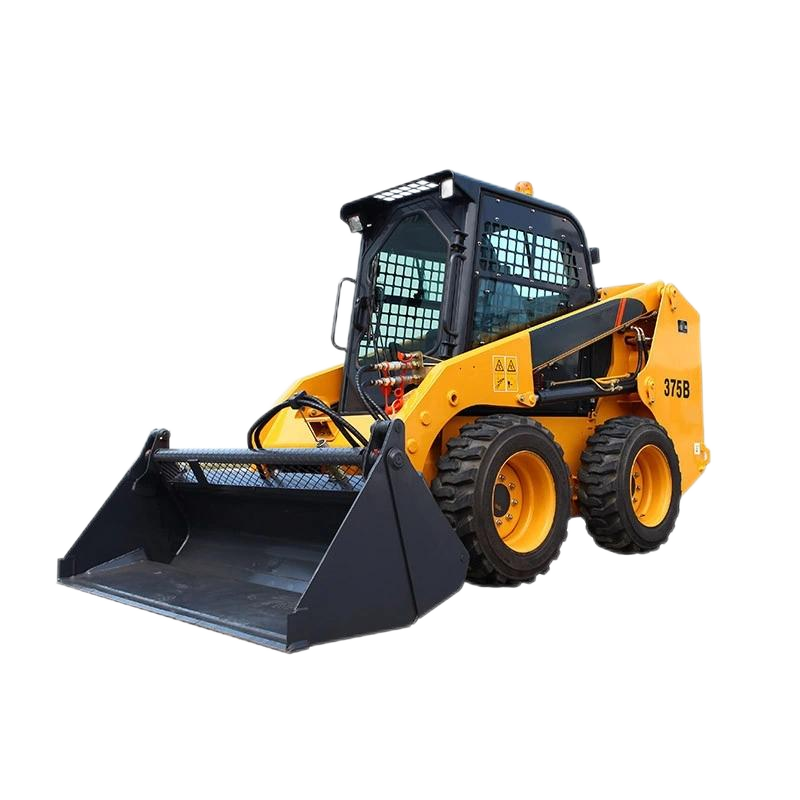Small loaders (with a power of less than 74kW) have a very wide range of uses, especially showing unique advantages in small and medium-sized operation scenarios. Their characteristic of "being small and flexible" makes them indispensable equipment in many fields. The following is a detailed explanation from two aspects: specific application scenarios and core advantages:

They are used to transport building materials such as sand, cement, and bricks. In indoor or narrow construction sites (such as rural self - built houses and small factory renovation), they replace manual labor, greatly improving the efficiency of material transfer. They also cooperate with short - distance transport vehicles (such as small trucks and tricycles) to complete loading and unloading, which is especially suitable for areas with narrow roads where large - scale equipment cannot enter.
- Farmland arrangement: Leveling the land, transporting straw, cleaning up field debris, or transporting fertilizers and seeds before spring plowing.
- Livestock breeding: Cleaning up manure in farms, transporting feed, and even stacking and taking silage with the help of buckets.
- Rural infrastructure: Such as transporting sand and gravel during the repair of rural roads, or cleaning up river sludge in small water conservancy projects.
- Urban communities and parks: Cleaning up fallen leaves and snow, transporting greening soil and saplings, or leveling small landscape sites.
- Factories/Warehouses: Short - distance transportation of raw materials and finished products in factory workshops and logistics warehouses, especially suitable for indoor operations with limited space.
For mines or quarries with small output, they can be used to transport ores and waste materials, or assist in cleaning the working face. There is no need to use large - scale loaders, which reduces equipment costs.
- Road emergency rescue: Quickly transporting earth and stone in small - scale collapses and waterlogging cleaning.
- Indoor operations: Such as the initial construction of basements and tunnels (height restrictions need to be considered), or material cooperation during the installation of equipment in factories.
- Strong flexibility: They are small in size (short wheelbase and small turning radius), can operate freely in narrow spaces (such as rural alleys and workshop passages), and cannot be replaced by large - scale equipment.
- Convenient operation: They have a simple structure, are easy to learn, suitable for small and medium - sized users (such as individual farmers and small construction teams) to operate, and have low maintenance costs.
- Controllable cost: Their purchase price is much lower than that of medium and large - scale loaders, and they have low fuel consumption, which is suitable for scenarios with limited budgets and has high cost - performance.
- Multifunctional expansion: They can be equipped with a variety of accessories (such as log grapples, breakers, and snow plows) to realize "one machine with multiple uses" and further expand their uses.
Whether the use of small loaders is "great" depends on the scenario requirements. In large - scale projects, they may not be able to replace large - scale equipment, but in small and medium - sized operations, space - constrained, and flexible demand scenarios, their value is much higher than that of manual labor or large - scale equipment. For individual operators, rural users, and small enterprises, small loaders are important tools to improve efficiency and reduce labor costs, and their uses are very significant.






